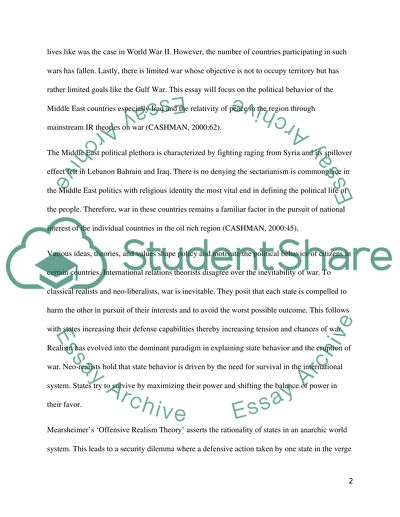Cite this document
(“War and Peace in the Middle East Essay Example | Topics and Well Written Essays - 2000 words”, n.d.)
Retrieved from https://studentshare.org/history/1486181-theories-of-international-relations-in-explaining
Retrieved from https://studentshare.org/history/1486181-theories-of-international-relations-in-explaining
(War and Peace in the Middle East Essay Example | Topics and Well Written Essays - 2000 Words)
https://studentshare.org/history/1486181-theories-of-international-relations-in-explaining.
https://studentshare.org/history/1486181-theories-of-international-relations-in-explaining.
“War and Peace in the Middle East Essay Example | Topics and Well Written Essays - 2000 Words”, n.d. https://studentshare.org/history/1486181-theories-of-international-relations-in-explaining.


